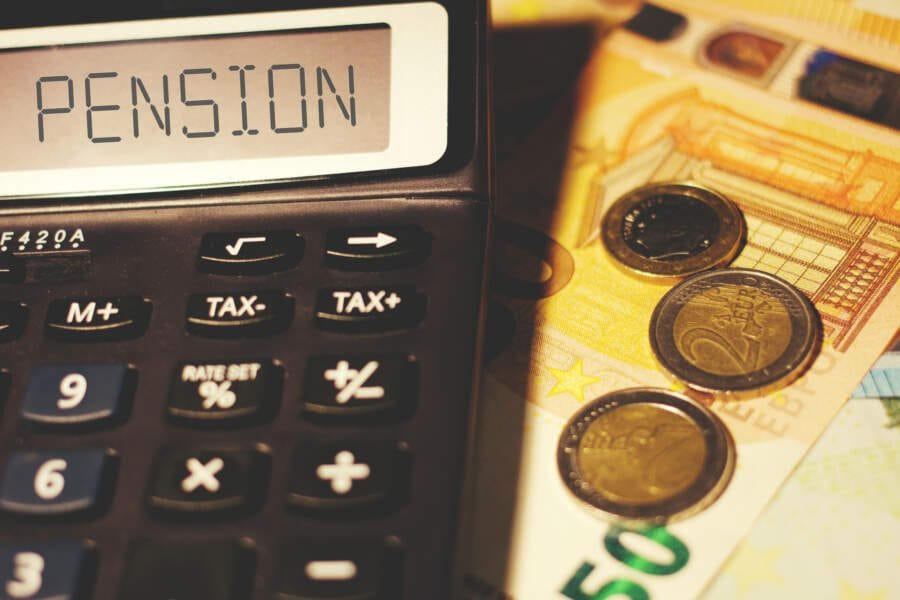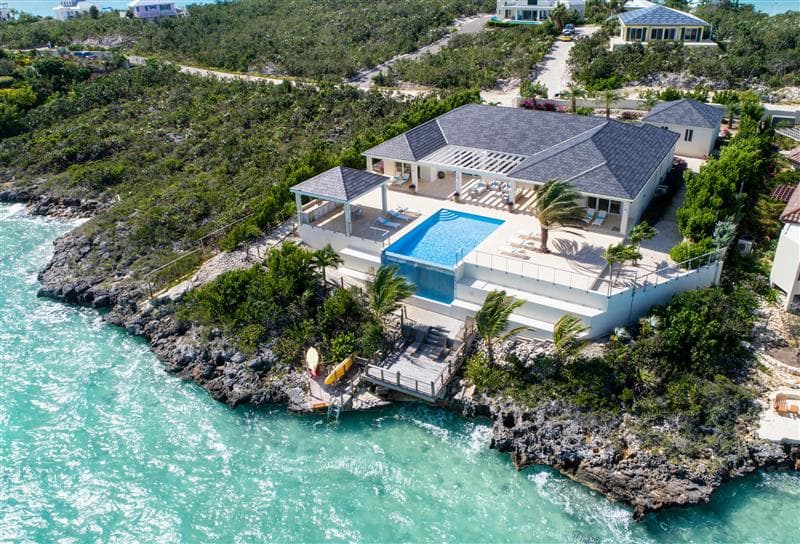
By Crystal M. Richardson, Estate Planning Attorney
Preparing for retirement during such a volatile time for the world’s markets creates deep concern for those committed to protecting their hard-earned wealth. As a law firm owner, my mission is to provide the best affordable legal advice for everyday people making the best-informed decisions for their life.
During retirement, preserving what you have is the primary goal. Whatever your financial situation, losing your accumulated wealth can be devastating. One important consideration for those in or approaching retirement should ask themselves is, “am I prepared to financially care for myself during my retirement?” That question can be challenging to answer as there are always threats, and keeping your assets safe can seem daunting. That is why asset protection goes hand-in-hand with retirement planning.
Preparing an Asset Protection Plan
It is never too early to develop an asset protection plan. The turbulence in our current economy has many people focused on intergenerational wealth and wealth management. One of the most important considerations when planning for the future is determining your personal goals for your assets. Do you want to leave property, business interests, and other assets for your children, or is your primary goal to enjoy the fruits of your labor through a long retirement? The most common goal is a mix of the two.
Once you understand your goals for retirement, consulting with a financial advisor can help you determine a realistic retirement budget. Financial advisors have analytical tools to help you decide how much you’ll need in retirement. In deciding your goals for retirement, consider the following:
- What type of lifestyle do you want?
- How much property do you want in retirement? Do you want one house or four?
- How much do you plan to travel?
- Do you enjoy frequent fine dining, or are you content eating simple meals prepared at home?
- What do your vacations look like?
Some of the questions seem mundane, but everyone’s answers are different. Understanding how you picture spending your retirement years is crucial to crafting a plan that allows you to enjoy the fruits of your labor while protecting your assets from the surprises that life often throws.
Establishing a realistic retirement budget is the first stage of asset protection. The next step is determining how to generate revenue for retirement. Inflation, the costs of living, and unexpected expenses can all deplete retirement savings, especially if the income valve is shut off once you retire. Having assets that continue to generate income into your retirement years diversifies your options and helps to maintain resources you may want to pass on to your heirs.
Generating Income During Retirement
Will generating a retirement income interfere with wealth preservation? This is a question that plagues many approaching retirement. They have the desire to leave their accumulated wealth to their children or other heirs and are concerned that their income needs throughout retirement will deplete their wealth.
Wisely managed investments generate income. The basic types of investments are:
- Real estate
- Businesses
- Business interests
- Assets that produce income and growth, such as stocks, precious metals, bonds, crypto, and commodities
For most people approaching retirement, the goal is to balance both growth and income. Once you understand how much income you will need, you may need to take growth-oriented investments and move them to income-oriented positions. Getting ready for retirement should include securing various forms of income, such as real estate and a liquid portfolio that is growing but available should the income sources prove insufficient to meet daily living expenses.
If you are planning to sell your business, you will need to take the profit off the sale of the business and invest it in a way that produces income. You can also start using income from other investments while cutting living expenses. Success in balancing income-producing investments with income needs is often achieved using a combination of these things. Once you have figured out the right combination for you, the assets go into a protection structure such as a trust, and income continues to flow without disruption.
The Role of Trusts in Retirement Planning and the Protection of Assets
Trusts can be a critical tool allowing you to protect the assets you will be living off of. For example, your only substantial asset is an apartment complex. If you hold that in your individual name, and rental income goes into your personal checking account, your asset is vulnerable to any liabilities you incur. If you take that same apartment complex and place it into a protection trust, the asset is separate from your personal liabilities.
That doesn’t mean you can’t benefit from the income produced by the apartment complex. The money earned by the trust can be spent for your benefit by having the trustee pay for things you would have had to pay, or they can give you the money to put into your individual checking account.
An asset protection trust can protect both personal and business assets while you are alive and provide continuity and ease the transition of assets upon your death. Should something happen that renders you unable to tend to your personal or business affairs, named trustees can continue running your business or manage your assets for you. Upon your death, the assets in the trusts go to the beneficiaries. Assets contained in trusts are disbursed much quicker than assets outside the trust.


